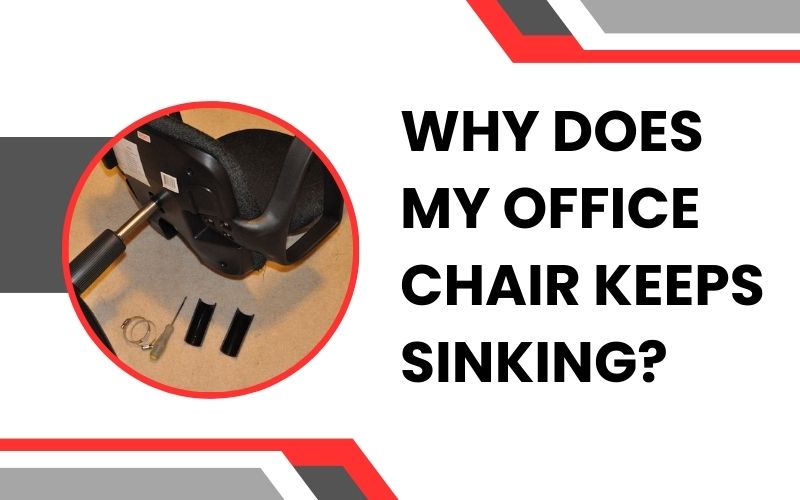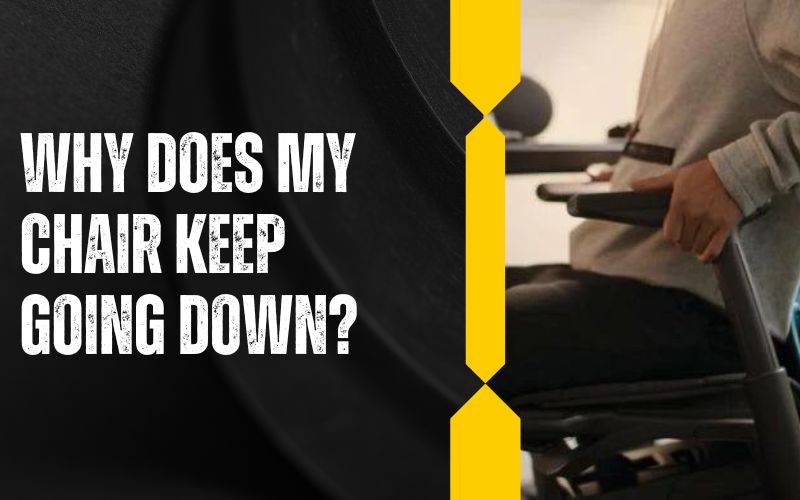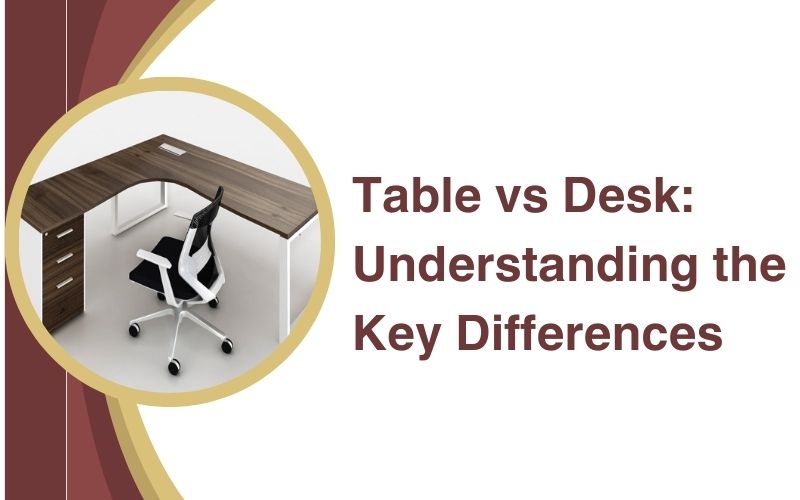Choosing the right chair can make a world of difference in your daily work routine. A task chair, often seen in offices and home workspaces, is designed to provide support and comfort during long hours of sitting. But what exactly is a task chair? Let’s dive into the details and explore its features, benefits, and how it compares to other types of chairs.
What is a Task Chair?
A task chair is a type of seating designed for use at a desk or best workstations. It typically features a swivel base, adjustable height, and ergonomic design to support the user during extended periods of sitting. Key features of task chairs include:
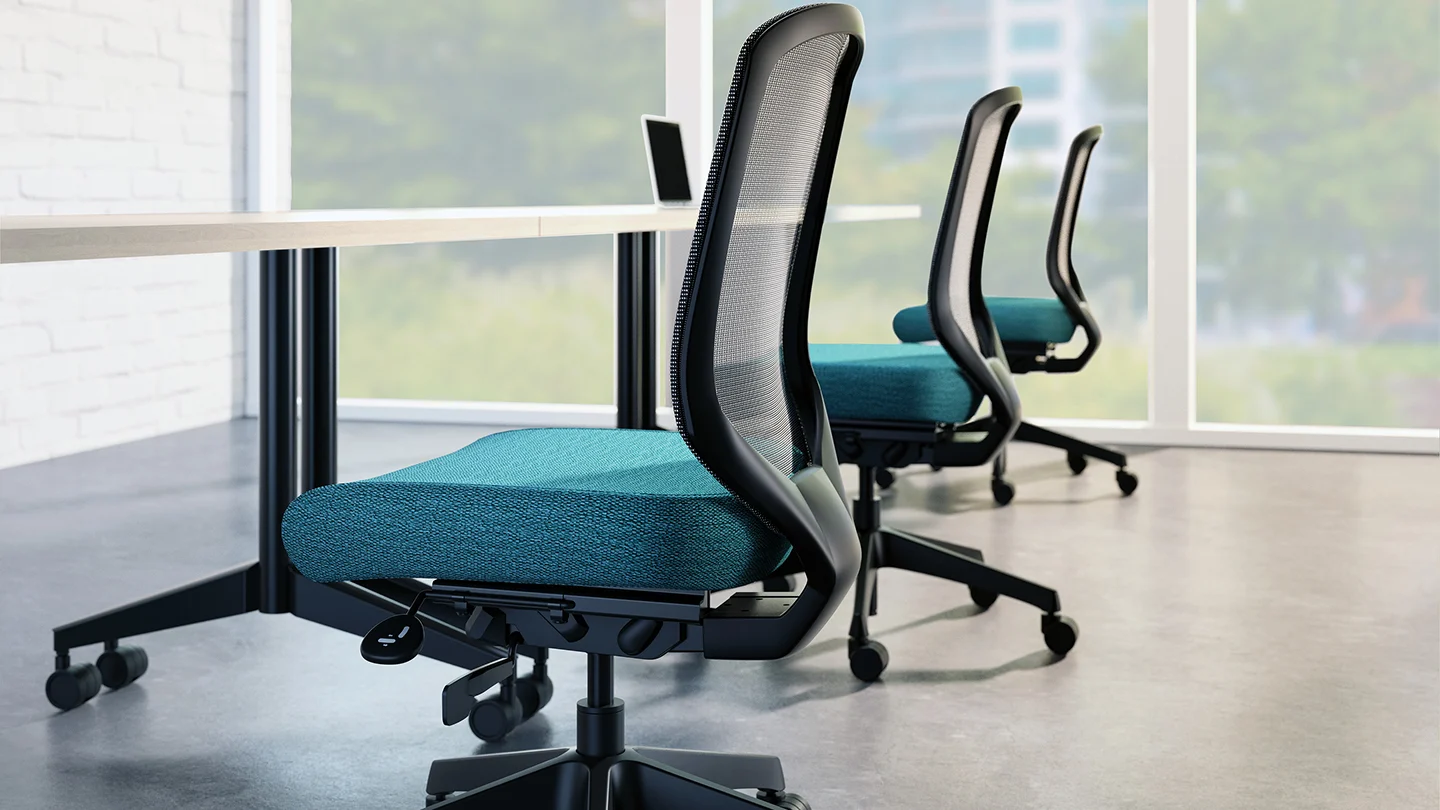
- Adjustability: Allows users to modify the height and angle for optimal comfort.
- Swivel Base: Enables easy movement and access to different areas of the workspace.
- Ergonomic Design: Supports the natural curve of the spine and reduces strain on the body.
What Are Task Chairs?
Task chairs are versatile seating options commonly found in offices, home workspaces, and other professional environments. They are designed to promote productivity and comfort, making them ideal for tasks that require prolonged sitting, such as typing, drafting, or using a computer. Common uses for task chairs include:
- Office Work: Suitable for clerical and administrative tasks.
- Home Offices: Ideal for remote work setups.
- Educational Settings: Used in schools and universities for students and staff.
Task Chair vs. Office Chair
While the terms “task chair” and “office chair” are often used interchangeably, there are distinct differences between the two:
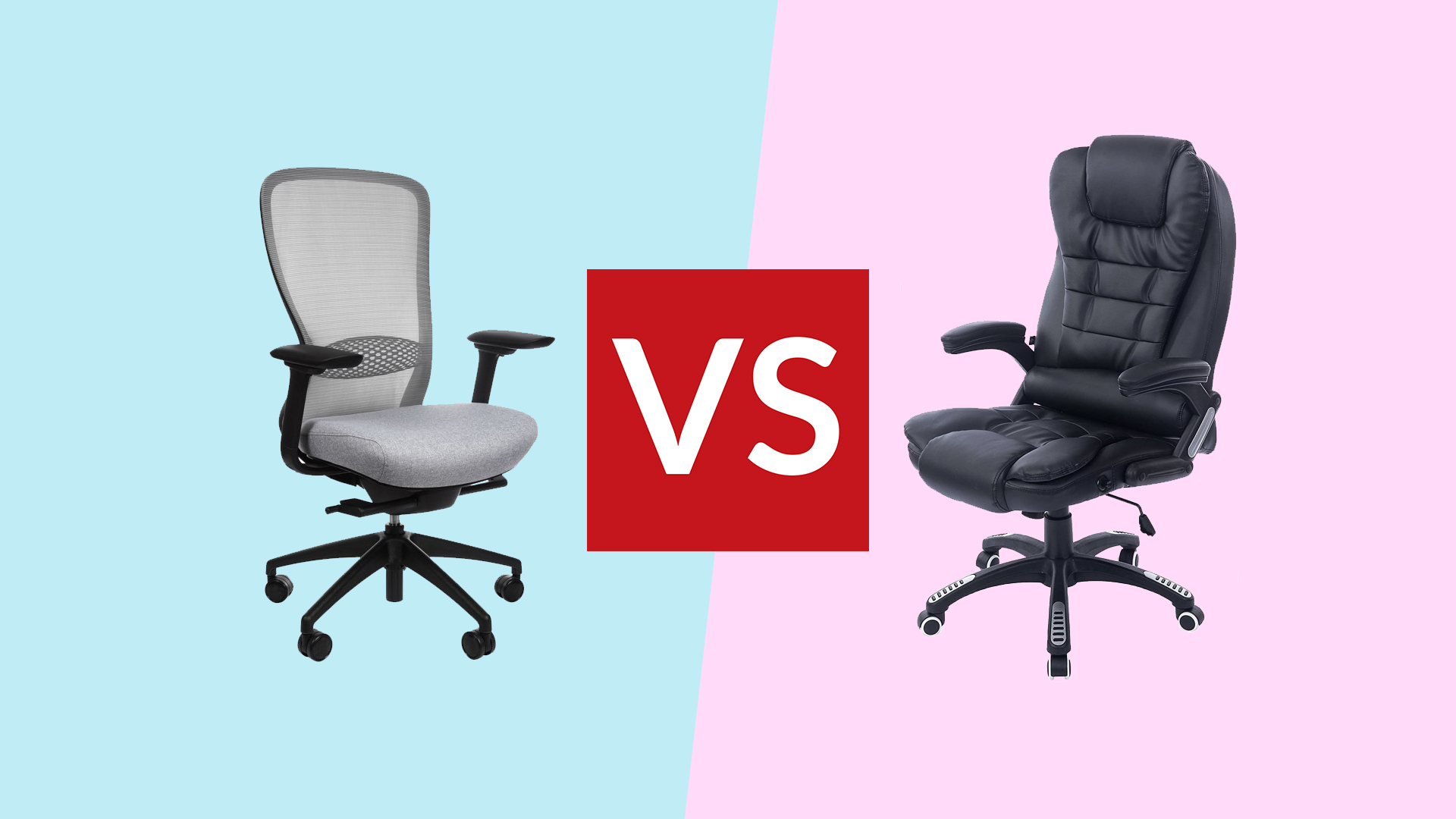
- Design: Task chairs are typically smaller and more adjustable, focusing on functionality and comfort. Office chairs can vary widely in design, often including larger executive models.
- Features: Task chairs emphasize ergonomics and adjustability, while office chairs may prioritize aesthetics and status.
- Pros and Cons: Task chairs offer great flexibility and support, but may lack the plush comfort of some office chairs. Office chairs can provide more style options but may not offer the same level of adjustability.
Task Chair vs. Executive Chair
Executive chairs are a subset of office chairs, usually characterized by high backs, plush padding, and a more luxurious appearance. Here’s how they compare to task chairs:
- Design and Functionality: Executive chairs are designed for comfort and status, often featuring high-quality materials and sophisticated designs. Task chairs prioritize ergonomics and adjustability.
- Use Cases: Executive chairs are best suited for managerial and executive offices, while task chairs are ideal for everyday tasks at desks and workstations.
Task Chair vs. Ergonomic Chair
Ergonomic chairs are specifically designed to support the body’s natural posture and reduce discomfort. Comparing task chairs to ergonomic chairs:
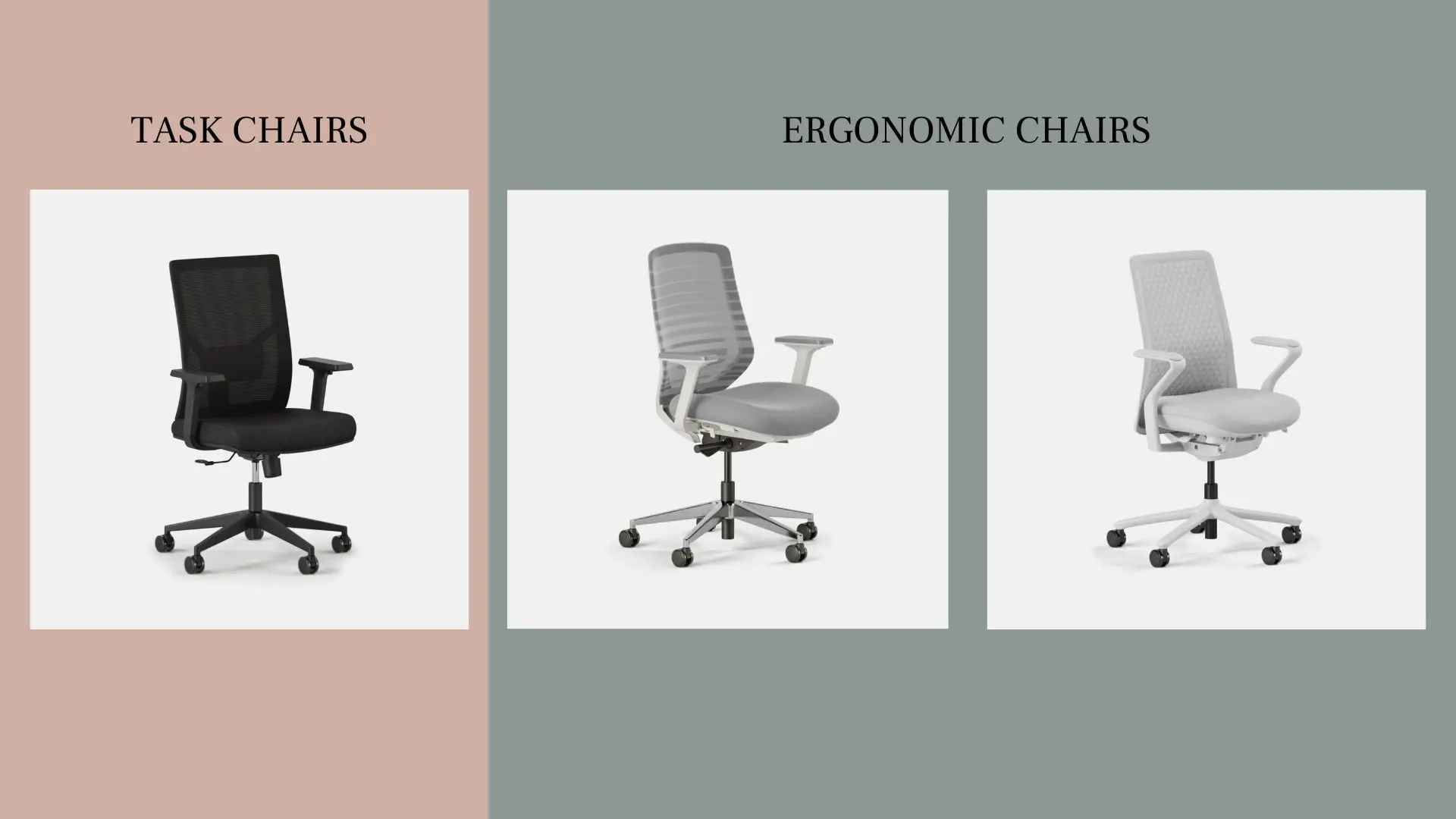
- Focus on Ergonomics: Both types emphasize ergonomics, but ergonomic chairs often offer more advanced features like adjustable lumbar support, seat depth adjustment, and headrests.
- Differences in Support and Comfort: Ergonomic chairs provide comprehensive support and are often preferred for those with specific health needs. Task chairs offer essential ergonomic features but may lack some advanced adjustments.
Task Chair vs. Desk Chair
Desk chairs encompass a broad category, including both task chairs and other seating options. Comparing the two:
- Similarities: Both are designed for use at a desk and provide basic ergonomic support.
- Differences: Task chairs are generally more specialized with advanced adjustability features. Desk chairs might offer a simpler design with fewer adjustments.
- Ideal Scenarios: Task chairs are perfect for intensive work environments, while desk chairs might be suitable for less demanding tasks.
Difference Between Task Chair and Office Chair
To sum up, the difference between task chairs and office chairs lies mainly in their design and functionality:
- Task Chairs: Focus on ergonomics, adjustability, and functionality for day-to-day tasks.
- Office Chairs: Can range from simple task chairs to luxurious executive chairs, varying in design and purpose.
Benefits of Using a Task Chair
Using a task chair offers several benefits:
- Improved Productivity: Ergonomic design helps maintain focus and efficiency by reducing discomfort.
- Health Benefits: Proper support reduces the risk of back pain, neck strain, and other musculoskeletal issues.
How to Choose the Right Task Chair
Selecting the right task chair for office furniture involves considering several factors:
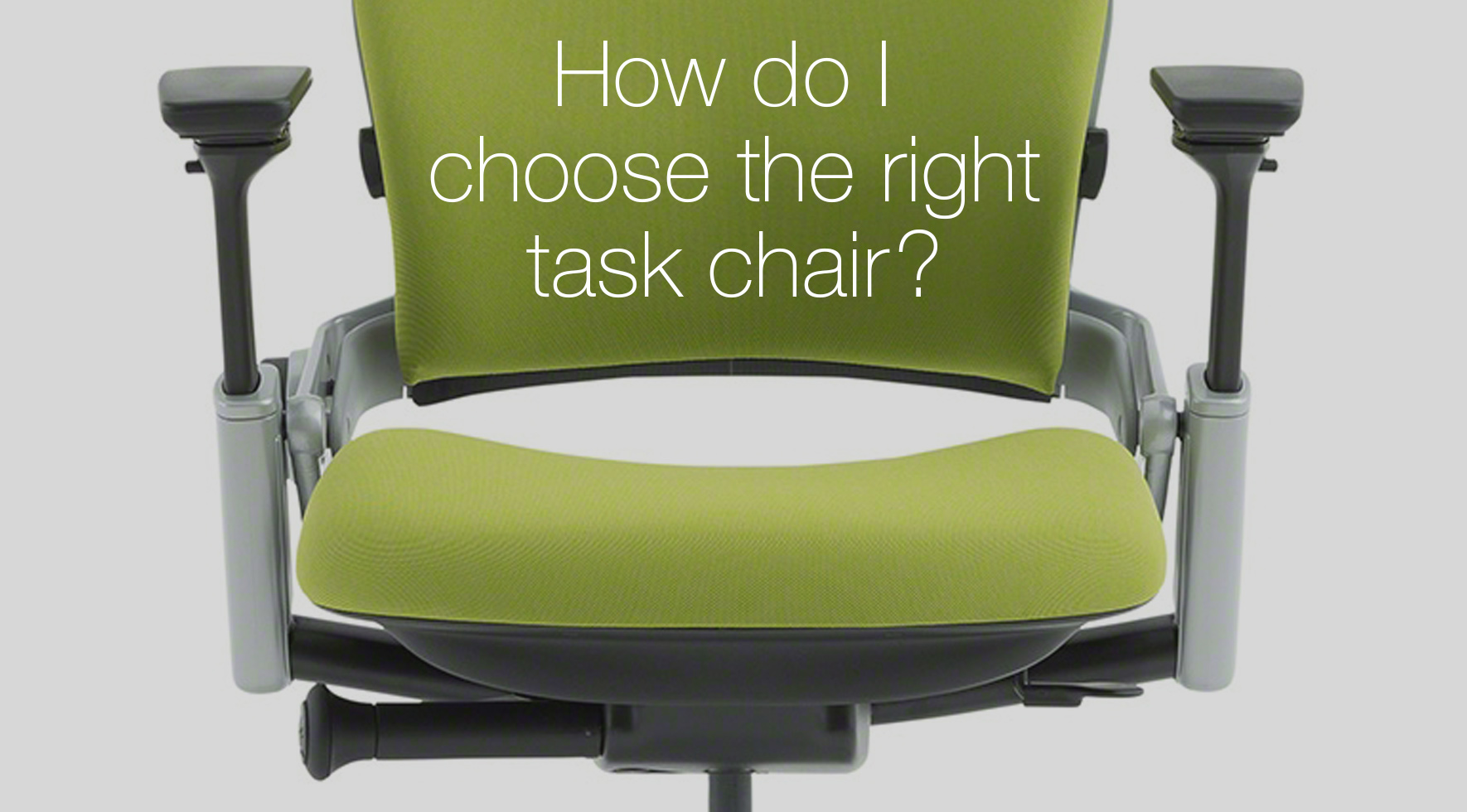
- Key Considerations: Look for adjustability, lumbar support, and build quality.
- Tips for Selection: Test the chair if possible, read reviews, and consider your specific needs and preferences.
Features to Look for in a Task Chair
When shopping for a task chair, prioritize these features:
- Adjustability: Ensure the chair allows for height, tilt, and armrest adjustments.
- Material and Build Quality: Choose durable materials like high-quality fabric, mesh, or leather.
- Lumbar Support: Opt for chairs with good lower back support to maintain proper posture.
Common Materials Used in Task Chairs
Task chairs come in various materials, each with its pros and cons:
- Fabric: Comfortable and breathable, but may stain easily.
- Mesh: Offers excellent breathability and support, ideal for hot climates.
- Leather: Durable and stylish, but can be less breathable and more expensive.
Maintenance and Care for Task Chairs
To extend the lifespan of your task chair, follow these maintenance tips:
- Cleaning Tips: Regularly dust and vacuum the chair, spot-clean stains promptly.
- Longevity Practices: Tighten screws and bolts periodically, avoid excessive weight or misuse.
Top Brands and Models of Task Chairs
Several brands are renowned for their high-quality task chairs. Consider these popular options:

- Popular Brands: Herman Miller, Steelcase, HON.
- Recommended Models: Herman Miller Aeron, Steelcase Leap, HON Ignition.
Conclusion
Choosing the right task chair can significantly impact your comfort, health, and productivity. By understanding the differences between task chairs and other types of seating, you can make an informed decision that best suits your needs. Invest in a quality task chair, and your body will thank you!
Frequently Asked Questions (FAQs)
Q.1 What is the best material for a task chair?
The best material depends on your needs. Mesh is great for breathability, fabric offers comfort, and leather provides durability and style.
Q.2 Can a task chair be used for gaming?
Yes, task chairs can be used for gaming. They offer ergonomic support and adjustability, which are beneficial for long gaming sessions.
Q.3 How often should you replace a task chair?
It’s advisable to replace a task chair every 7-10 years, depending on its usage and condition. Regular maintenance can extend its lifespan.
Q.4 Are task chairs good for long hours of work?
Absolutely, Task chairs are designed to support prolonged sitting, with features like lumbar support and adjustability to enhance comfort and productivity.
Q.5 What is the average cost of a good task chair?
A quality task chair can range from $100 to $500, with premium models exceeding this range. The price depends on features, materials, and brand.

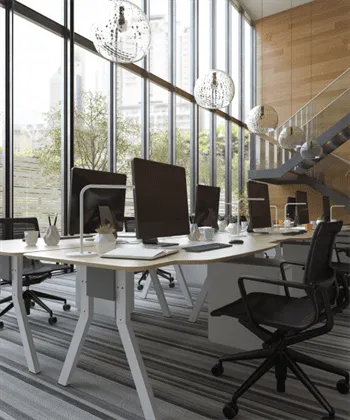 Workstations
Workstations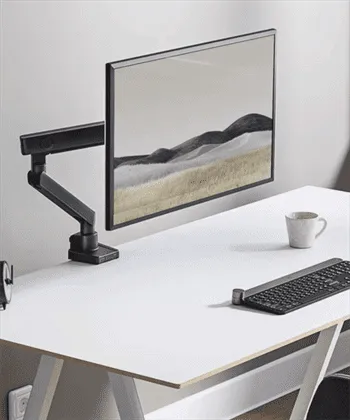 Monitor Arms
Monitor Arms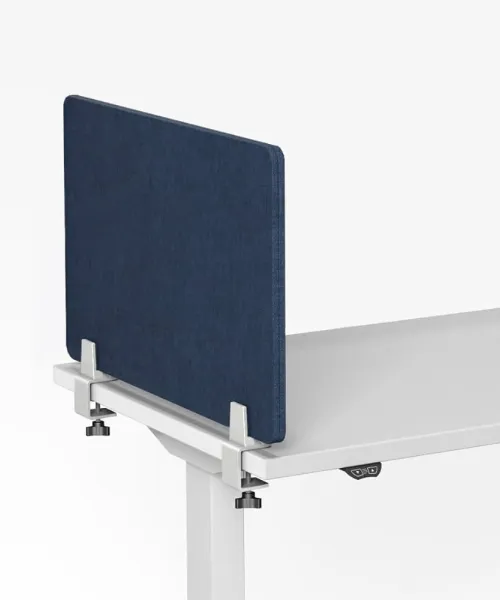 Dividers
Dividers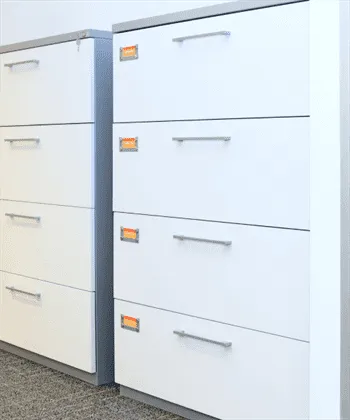 Storage
Storage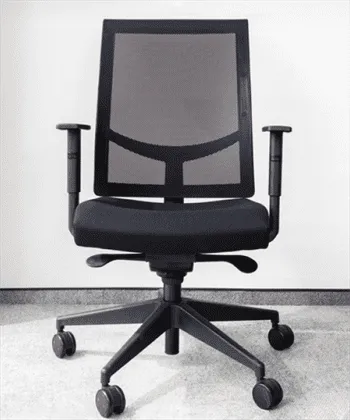 Seatings
Seatings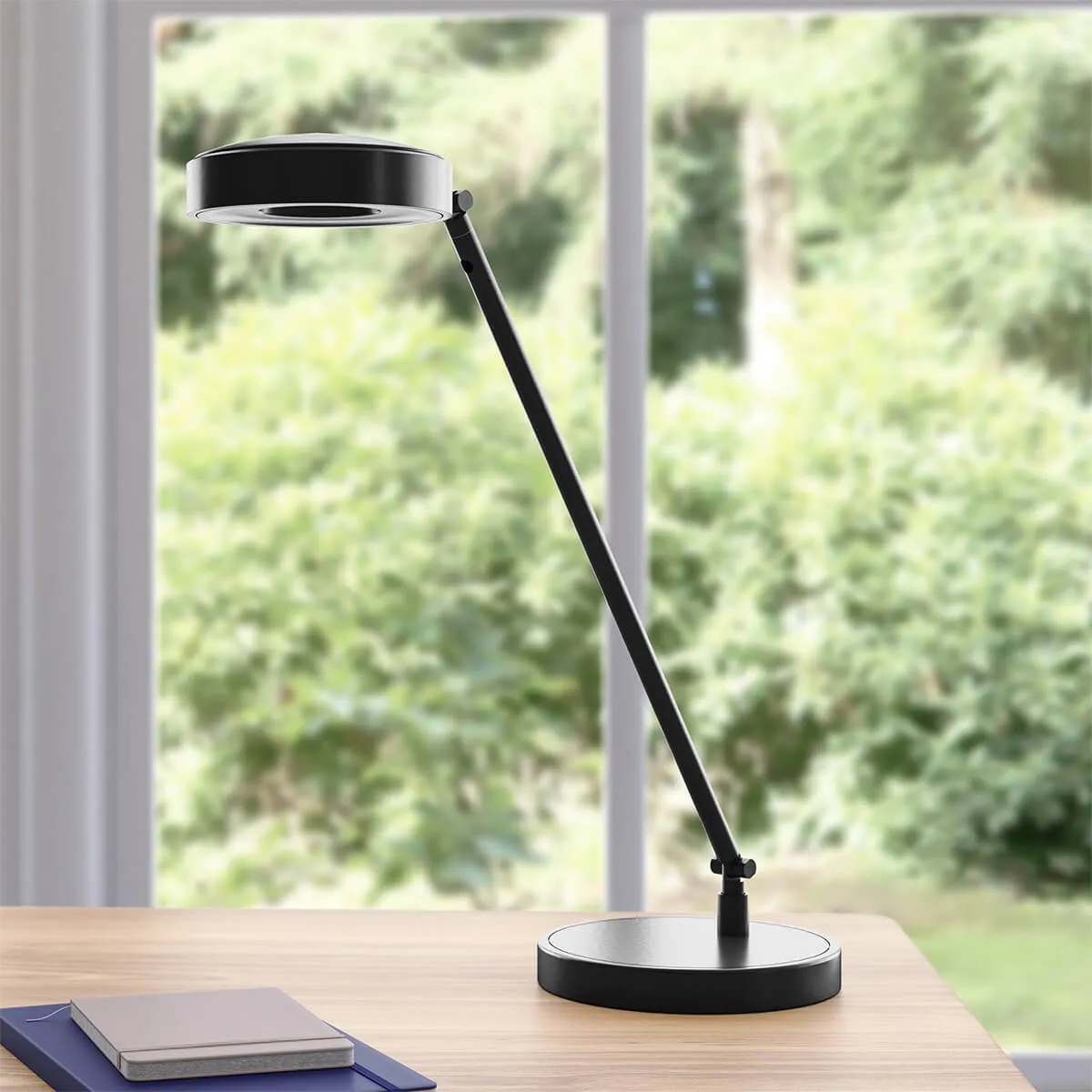 Accessories
Accessories
